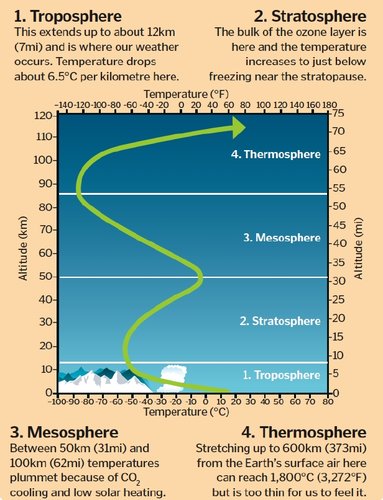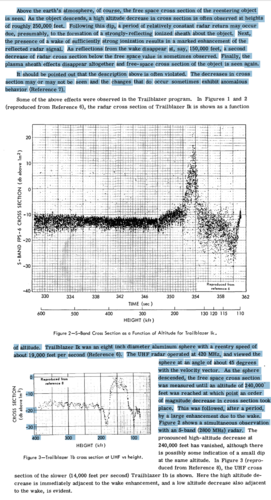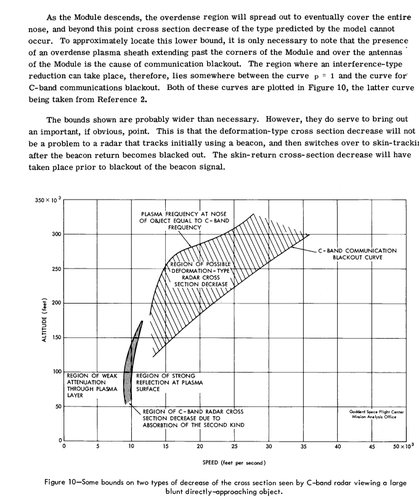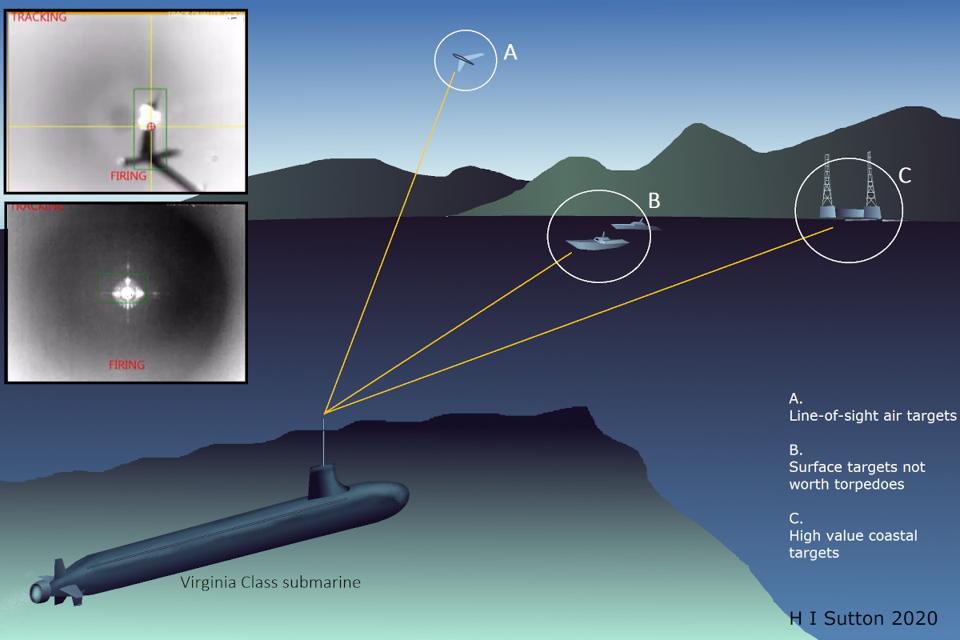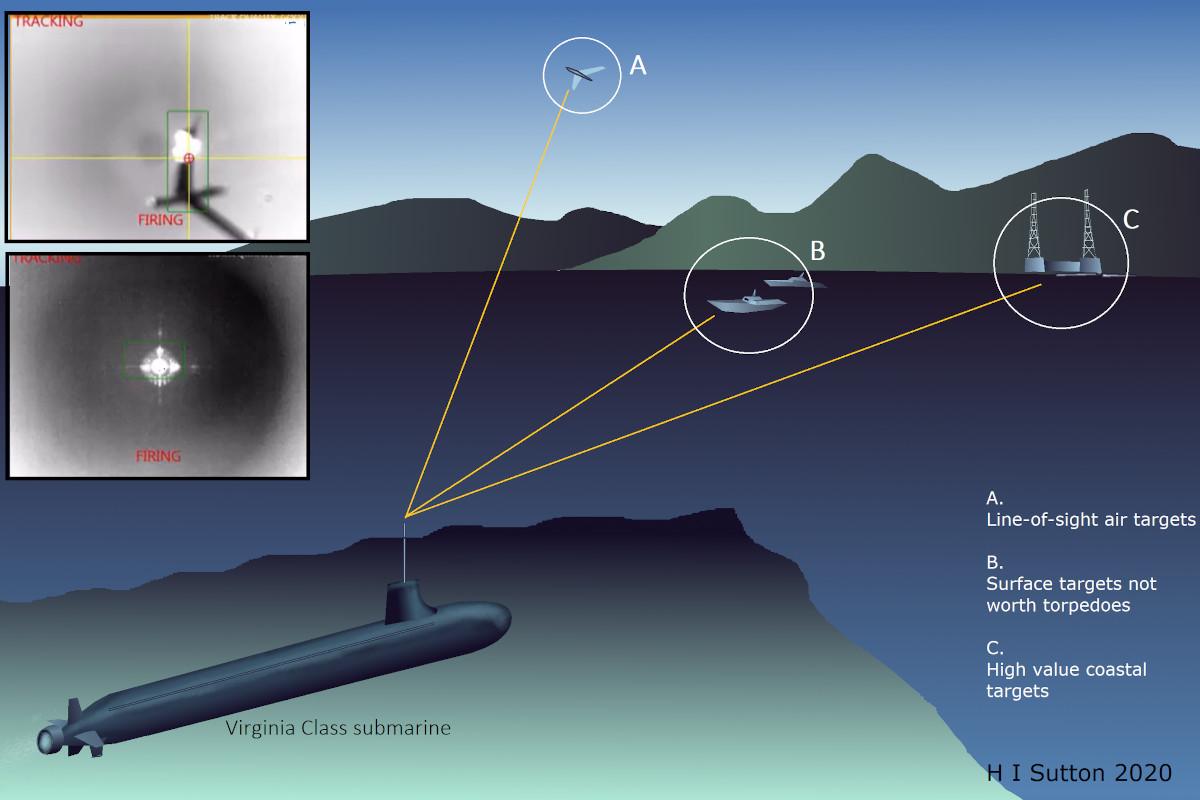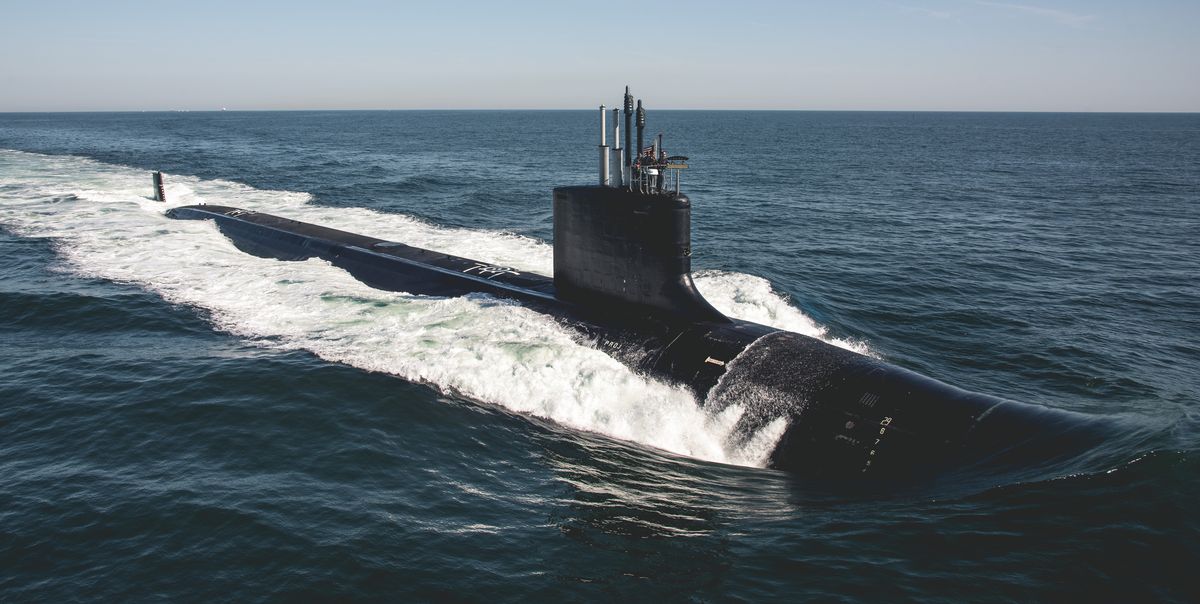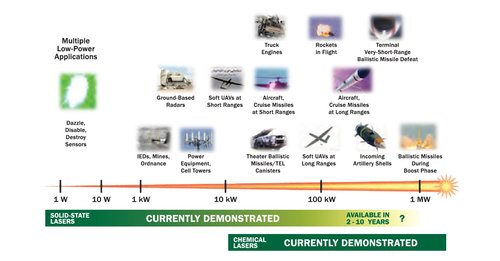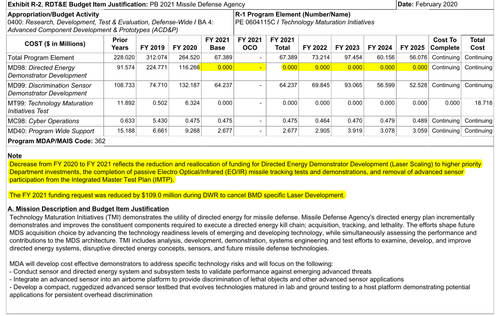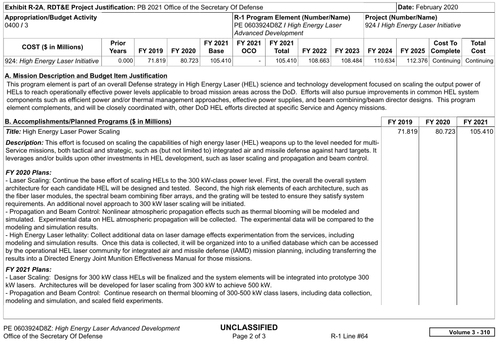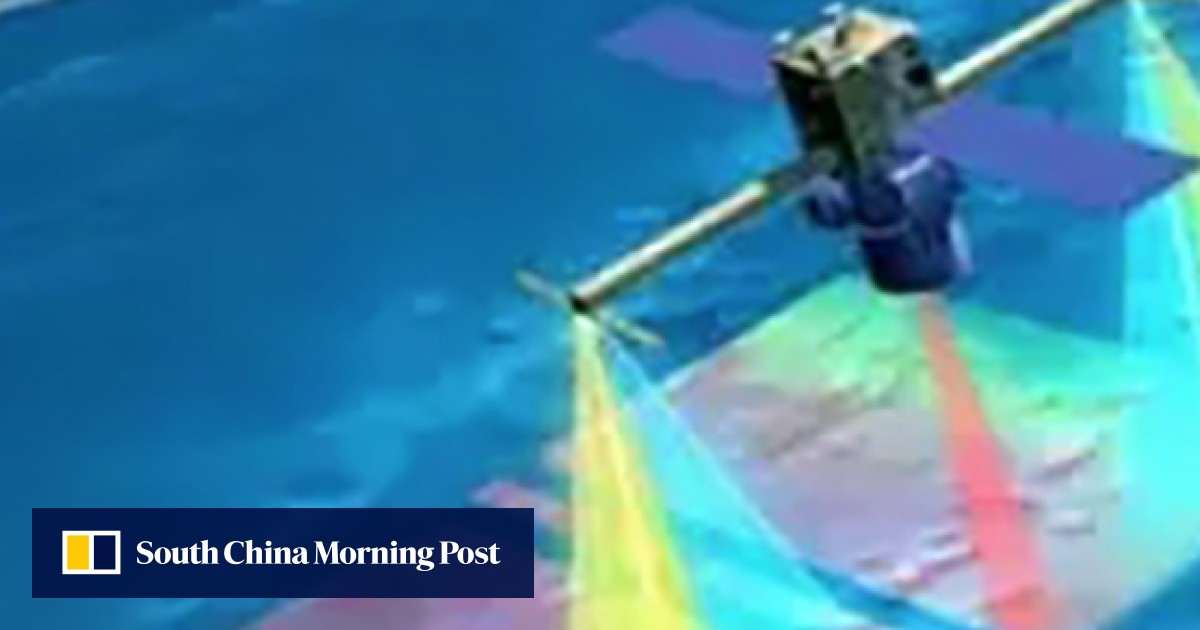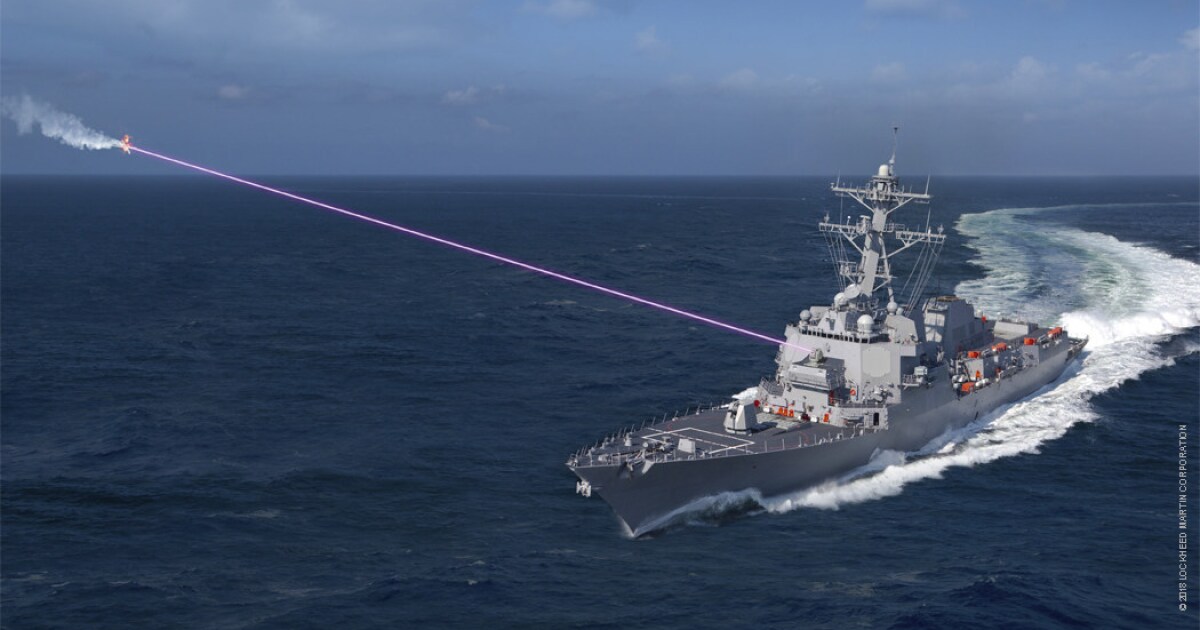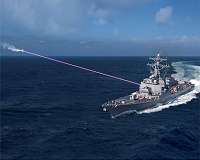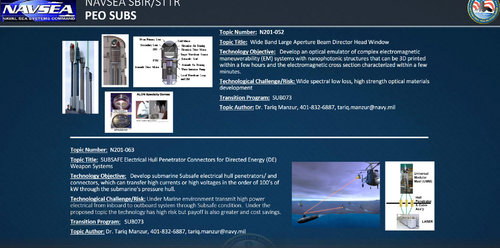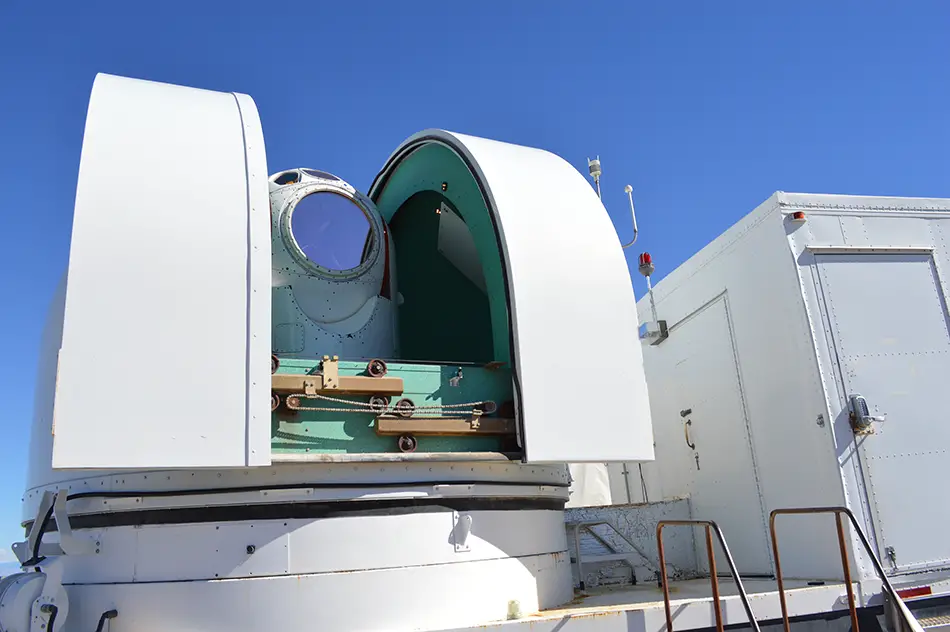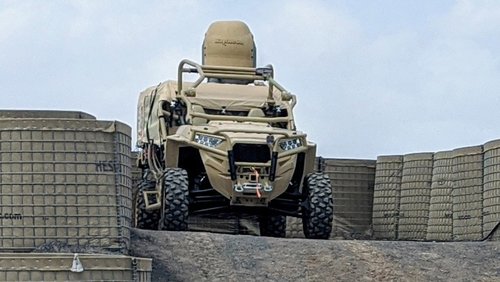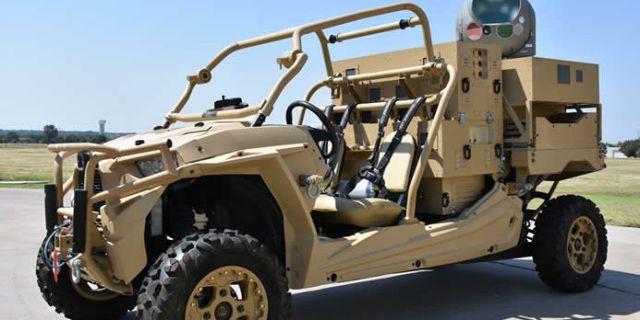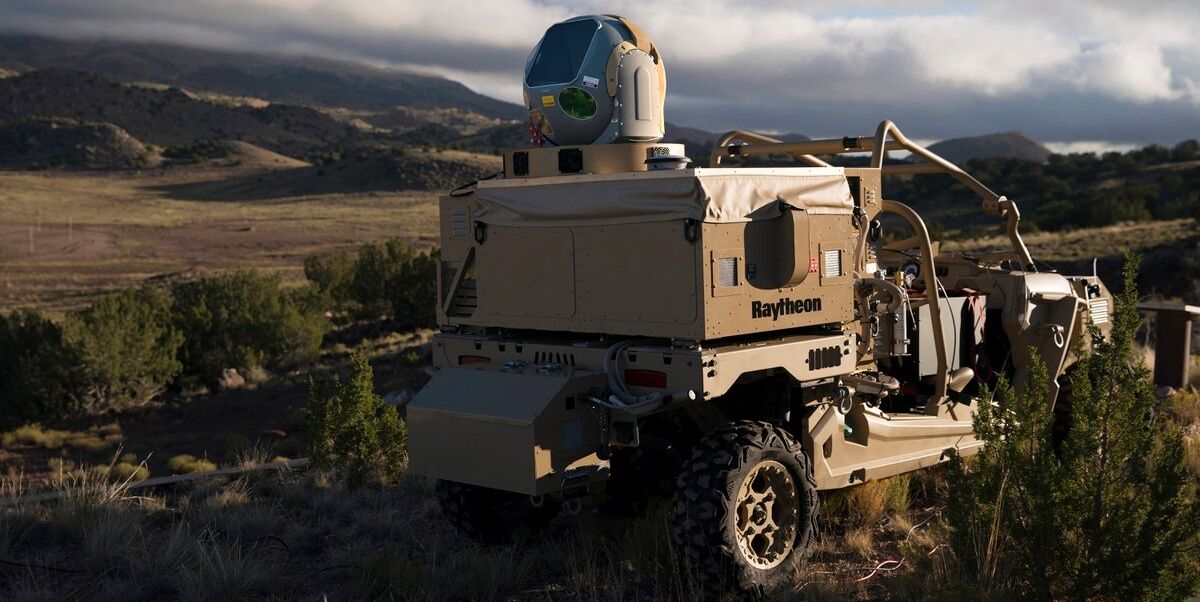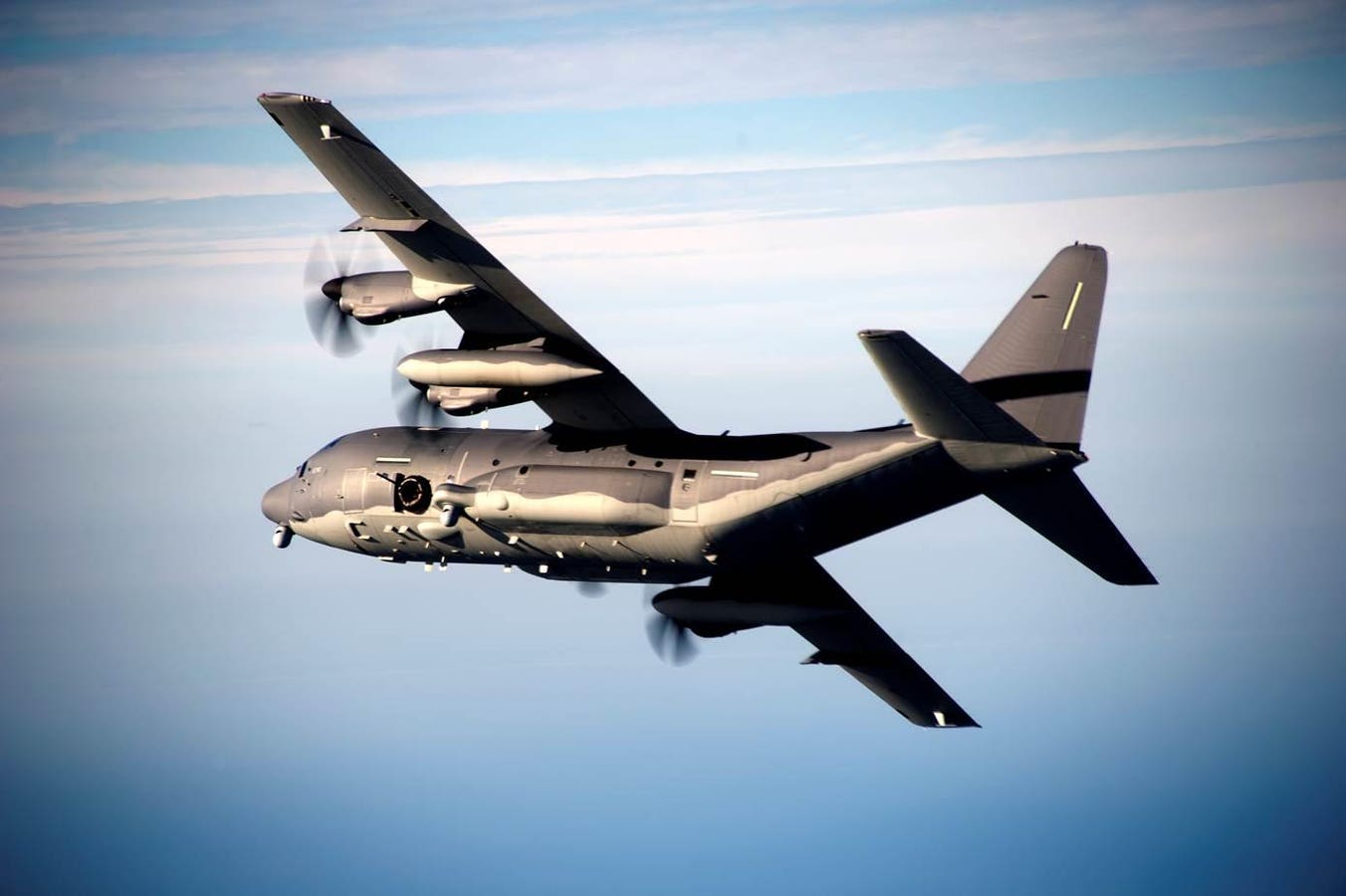https://qr.ae/TJW4R9
Plasma Stealth
This can be achieved not only with power consuming generators but also with just using speeds and altitudes. Everyone remember the working on mach 10 and 40km altitude sources? They are going to be very important for this next explanation.
130,000ft is like 40 kms. These are tests that were conducted by dropping spheres from very high altitudes. As it is seen here plasma conditions for the spheres in high or low frequency radars are effected with lower radar cross sections. The Russians on the other hand are claiming invisibility to radars. I only have sources on spheres but ballistic missiles or nose cones have low radar cross sections to begin with depending on where the radar beams point towards the front. of those objects. So the plasma sheath density can be very favorable to how the Zircon missile is designed.
altitudes around 40kms have some pretty high temperatures, so this can be another reason why they gave those altitude requirements for the Zircon missile.
Compute atmospheric and aerodynamic properties using the 1976 US Standard Atmosphere.
www.aerospaceweb.org
put 40kms in altitude, speed for mach 10, temperature for 32 Fahrenheit and I got 5630.6759 Kelvin for total temperature for the altitude and velocity section.
And Eyeing this carefully I see that it covers 15ghz. This is an example of the space shuttle and why communication to the shuttle was lost. But this chart is also a good reference to show how frequencies are effected by the speed of an object creating a plasma heat shield. And just in case people want to start pointing out that it would be hard to communicate with the missile when engaging targets there seems to be solutions offered to that problem not that long ago
Using a plasma sheath as a giant radio receiver should solve the communication problems that bedevil hypersonic planes and re-entering spacecraft, say Russian scientists.

www.technologyreview.com
I am sure it is also cheap using million dollar missiles to waste stealth aircrafts and an entire Navy with ease that you seem to take alot of pride in.

